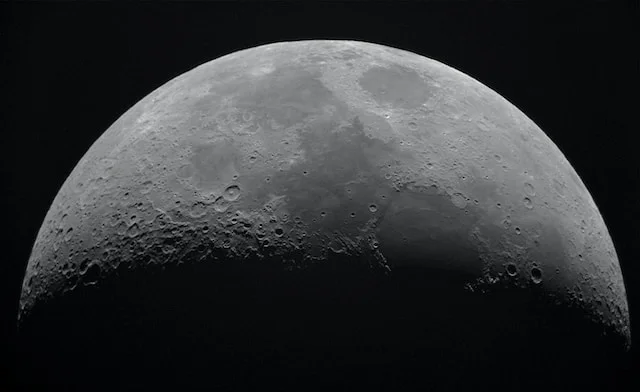Story: India's Chandrayaan-3 moon mission success all you need to know; 23-08-2023;
Some of the specifications for Chandrayaan-3.
• India becomes the first nation to land near the South Pole.
India's moon mission Chandrayaan-3 has made a successful soft landing near the moon's South Pole, after the failure of last year's Chandrayaan-2, ISRO's mission success this time around is a testament to the hard work and dedication of the scientists and engineers.
The successful landing of Chandrayaan-3 brought joy and pride to all Indians, and it also increased the country's status in the world. The mission was a giant leap in space exploration, and it has opened up new possibilities for future missions to the moon.
India's Chandrayaan-3 Lights Up Dark Side Of The Moon:
The mission, called Chandrayaan-3, is a joint effort between the Indian Space Research Organisation (ISRO) and the National Aeronautics and Space Administration (NASA).
The lander, named Vikram, and the rover, named Pragyan, were launched from the Satish Dhawan Space Centre in Sriharikota, India, on July 14, 2023. After a 41-day journey, the spacecraft reached the lunar south pole on August 23, 2023.
The landing was a critical moment for the mission. The lunar south pole is a region that has never been explored before, and it is also the coldest and darkest part of the moon. The lander had to land precisely in order to avoid the many craters and boulders that litter the surface.
The landing was a success. Vikram touched down on the lunar surface at 5:30 pm IST, and Pragyan rolled out of the lander shortly thereafter.
The two spacecraft are now exploring the lunar south pole, searching for water ice and other resources. The success of Chandrayaan-3 is a major milestone for India's space program. It is the country's third lunar mission, and it is the first to land on the lunar south pole.
• Chandrayaan-3 consists of an indigenous Lander module (LM), Propulsion module (PM) and a Rover with an objective of developing and demonstrating new technologies required for Inter planetary missions, according to ISRO official website.
💡 The lunar south pole is a region that has never been explored before, and it is also the coldest and darkest part of the moon.
The mission objectives of Chandrayaan-3 are:
Chandrayaan-3 moon mission includes objectives like, demonstrating Safe and Soft Landing on Lunar Surface.
• Demonstrating Rover roving on the moon.
• Conduct in-situ scientific experiments.

In order to achieve the mission objectives, several advanced technologies are present in Lander such as,
Altimeters: Laser & RF based Altimeters Velocimeters: Laser Doppler Velocimeter & Lander Horizontal Velocity Camera Inertial Measurement: Laser Gyro based Inertial referencing and Accelerometer package Propulsion System: 800N Throttleable Liquid Engines, 58N attitude thrusters & Throttleable Engine Control Electronics Navigation, Guidance & Control (NGC): Powered Descent Trajectory design and associate software elements Hazard Detection and Avoidance: Lander Hazard Detection & Avoidance Camera and Processing Algorithm Landing Leg Mechanism. according to the official ISRO website.
• The Pragyan Rover will send images and data from the surface of the moon. After 14 days, its activity is likely to slow down, given that it is powered by solar cells.
Some of the specifications for Chandrayaan-3:
• Landing Site (Prime) 4 km x 2.4 km 69.367621 S, 32.348126 E.
• Two Module Configuration: Propulsion Module (Carries Lander from launch injection to Lunar orbit) and Lander Module (Rover is accommodated inside the Lander.)
• Mission Life (Lander & Rover) One lunar day (~14 Earth days).
• Mass: Propulsion Module: 2148 kg Lander Module: 1752 kg including Rover of 26 kg Total: 3900 kg.
Note:
This article may have been created with the assistance of artificial intelligence (AI) tools. Some of the research data used to write this article may have been derived by AI tools, and then put together by humans. Additionally, AI tools may have been used to write some or all of the article.
